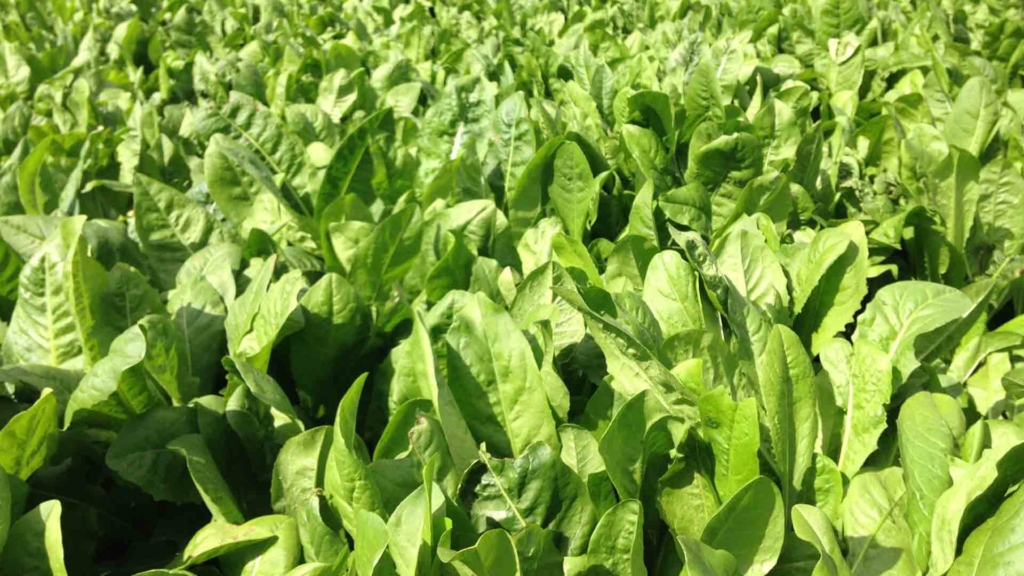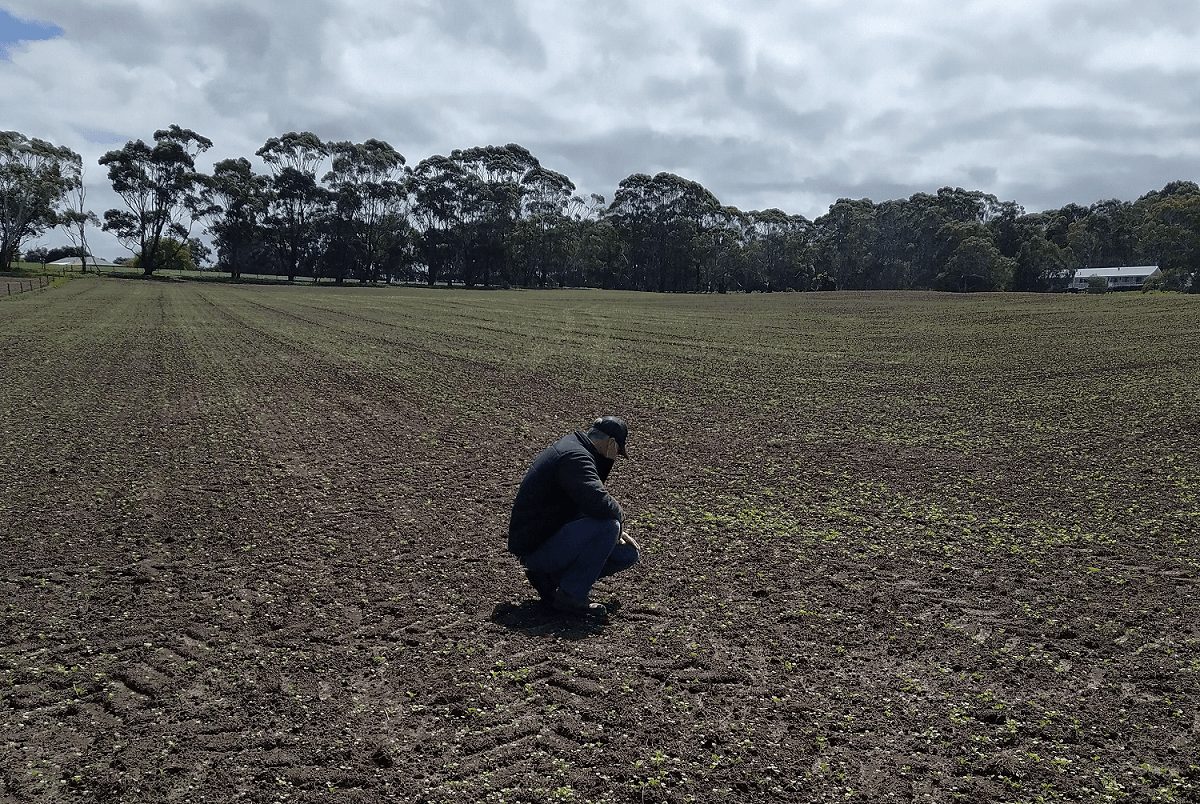Read the latest on the use of summer forages with thoughts from Andrew Allsop, a member of our Western Victorian pasture team
Spring and early summer paddock renovation provides an opportunity to establish home grown feed for summer, autumn and if intended winter forage. Spring and summer sown forage can be used for a variety of reasons, but the main reasons are to form part of your annual pasture renovation program and the other to produce valuable feed at key times when permanent pastures are of low quality and quantity.
At Notman Pasture Seeds, both our Gippsland & Western Vic teams have access to a wide range of cultivars – it’s just a matter to constructing a plan that suits your feed requirements.
Here I’ve tried to list the key points in establishing a successful spring or summer sown crop. Enjoy!
KEY POINTS
There are a number and broad range of cultivars available, the type and variety that suits your needs will dependent upon a number factors and these include:
- At what stage is the paddock in your renovation program?
- This will influence whether you use a grass base or a brassica-based crop?
- Weed status and soil fertility will also determine whether an annual crop or a perennial such as a Chico Chicory, Puna chicory or Oracle Plantain
- Planting times will determine whether a Brassica, Herb based crop is sown or a C4 grass i.e., millet, sorghum or maize based is sown i.e., Brassica’s can be sown a lot earlier in spring!
- Stock needs and water availability will determine whether a grazing or silage/hay crop is sown.
- Important to feed Budget (Rough Rule of Thumb is to crop 10 – 15% of the grazing platform)
SITUATIONS THAT INFLUENCE THEIR USE
- Poor fertility and weed burden in paddock
- Pasture density (normally bought about by winter pugging)
- Environmental factors i.e., Drought, insect pressure such as cockchafer, army worm, African Black Beetle, Root Aphids
- Supplementary feed costs
- Calving or lambing program
- Stock finishing and meeting markets when perennial-based pasture is dormant
KEY BENEFITS OF SUMMER CROPS
- Provide a cheap source of dry matter when compared to bought in feed
- Break the perennial weed cycle using non – selective herbicides i.e. The use of glyphosate and dicamba as knock downs and pre-emergent before sowing
- Potential to grow large quantities of feed for a relatively low cost of production.
SUCCESSFUL CROPS ARE BASED ON
- Good agronomic advice
- High quality seed i.e., purity and germination
- Control of weeds in knock down spray out
- Well cultivated seed bed. Clump size smaller than 50 mm (2”)
- Address soil fertility issues
- Apply NPKS fertiliser before sowing, plus DAP or MAP after germination
- Monitor for pests and take action if problems occur
- Introduce stock slowly to enable rumen to adapt
TIME OF SOWING
Ideal planting and grazing dates:
| Month | Oct | Nov | Dec | Jan | Feb | Mar | Apr |
| Plant | Brassica Chicory | Brassica Millet Maize Sorghum | Brassica Millet Maize Sorghum | ||||
| Graze / Harvest | Brassica | Brassica Chicory Millet Sorghum | Brassica Chicory Millet Sorghum | Brassica Chicory Millet Sorghum | Chicory Maize |
PLANTING ORDER
Forage Crops in order of planting include:
- Chicory, Plantain, All Brassica’s i.e., Leafy Turnip, Forage Rape, Turnip and Top Crop Blends including Brassica’s and Herbs
- Top Crop Blend’s including Millet
- Millet, Maize
- Forage Sorghum
THE PROS AND CONS
| Option | Advantages | Disadvantages |
| Brassicas | Cheap source of feed Excellent feed quality Provide an excellent seed bed for re sowing Water use efficient | Prone to Insect attack Not very drought tolerant Animal Health Issues Need for Summer showers |
| Chicory & plantain | Excellent feed value Not prone to insect damage Perennial Flexibility No none animal health issues | Slower establishing Limits options in the spring Requires moisture to maximise production Expensive seed to buy per kg Will not tolerate water logging |
| Millet & forage sorghum | Provides feed late in the season Not prone to insect infestation Better drought tolerance | Lower feed value Soil temperate sensitive If low yield not cost effective |
| Maize | High energy source Nutritionally maize silage compliments high protein pastures Provides good fibre source | Low in protein Expensive source of energy if low yield Can be Hugh losses when feed out if no feed pad High capital cost re sowing & harvesting equipment High nutrient input Soil temp sensitive |
Thoughts around Top Crop Summer Blends
- They offer diversity, quality and reliability
- Blends that offer a balanced diet of protein and energy
- Offers ideal break crop over summer period before planting back to permanent pasture
- Rape based blends can be over sown with Short – Term Ryegrass and grown into winter.
- In the Western District, Top Crop Rape & Millet sown at 12kg/ha has been a mainstay for a while now
- In Gippsland with more reliable summer rainfall in general, Peter, Adam, Gavin are seeing more herbs and leafy brassicas in their mixes, so mixes like Top Crop Brassica & Millet, or Top Crop Brassica & Herbs & Millet
SUMMARY – WHAT MAKES A SUCCESSFUL CROP
- Status of the Paddock –
- Situation to consider their use?
- Planning, Preparation,
- Sowing method
- Seed – soil contact
- Controlling Competition
- Spraying weeds post sowing + insecticide
- What that paddock is going been sown back to.
Get in touch with Andrew Allsop
Andrew Allsop
0408 439 795
Email andrew@notmanpasture.com.au
Also in our Western Victoria team is Jonathan Town
Jonathan Town
0409 118 663
Get in touch with our Gippsland team
Adam Fisher
0437 512 015
adam@notmanpasture.com.au
Peter Notman
0418 512 035
peter@notmanpasture.com.au
Office
(03) 5659 2314
Email peter@notmanpasture.com.au








